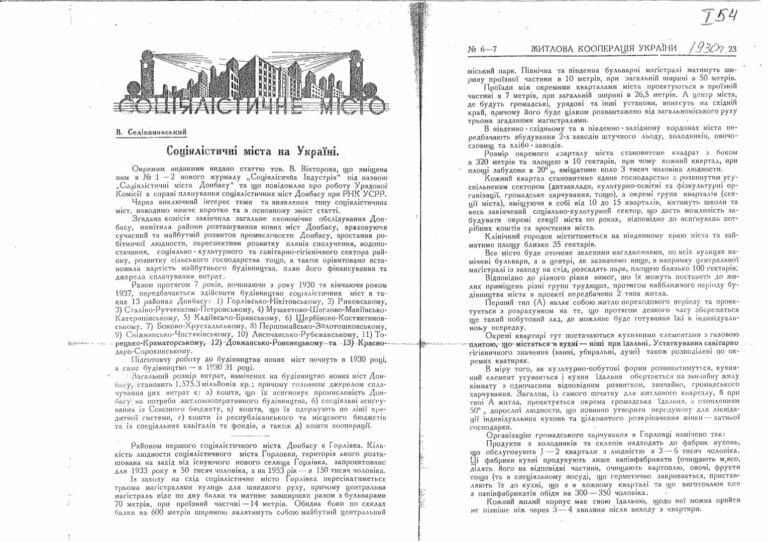Architecture
Historians of architecture document buildings, analyze the formative architectural choices that were made, and research the architects behind these projects in order to better understand how architecture has developed over time. Researching architectural history allows us to understand the society and culture that brought these buildings about, which is central to urban studies. Understanding buildings and cities beyond their aesthetic qualities helps shape an approach to architecture that is informed by relevant social and cultural influences, rather than an understanding centered solely on the architect’s taste or style. This theme focuses on urban planning, the materiality of buildings, the architectural profession, and urban spaces such as heterotopias (like prisons or cemeteries). For our Educational Platform, it is essential to understand why a building was created in a certain way in East-Central Europe at a given point in history and how urban planning influences contemporary patterns of life. Architecture is a product of the society and time period that imagined it and can inform our historical understanding in essential ways.
Primary Sources


